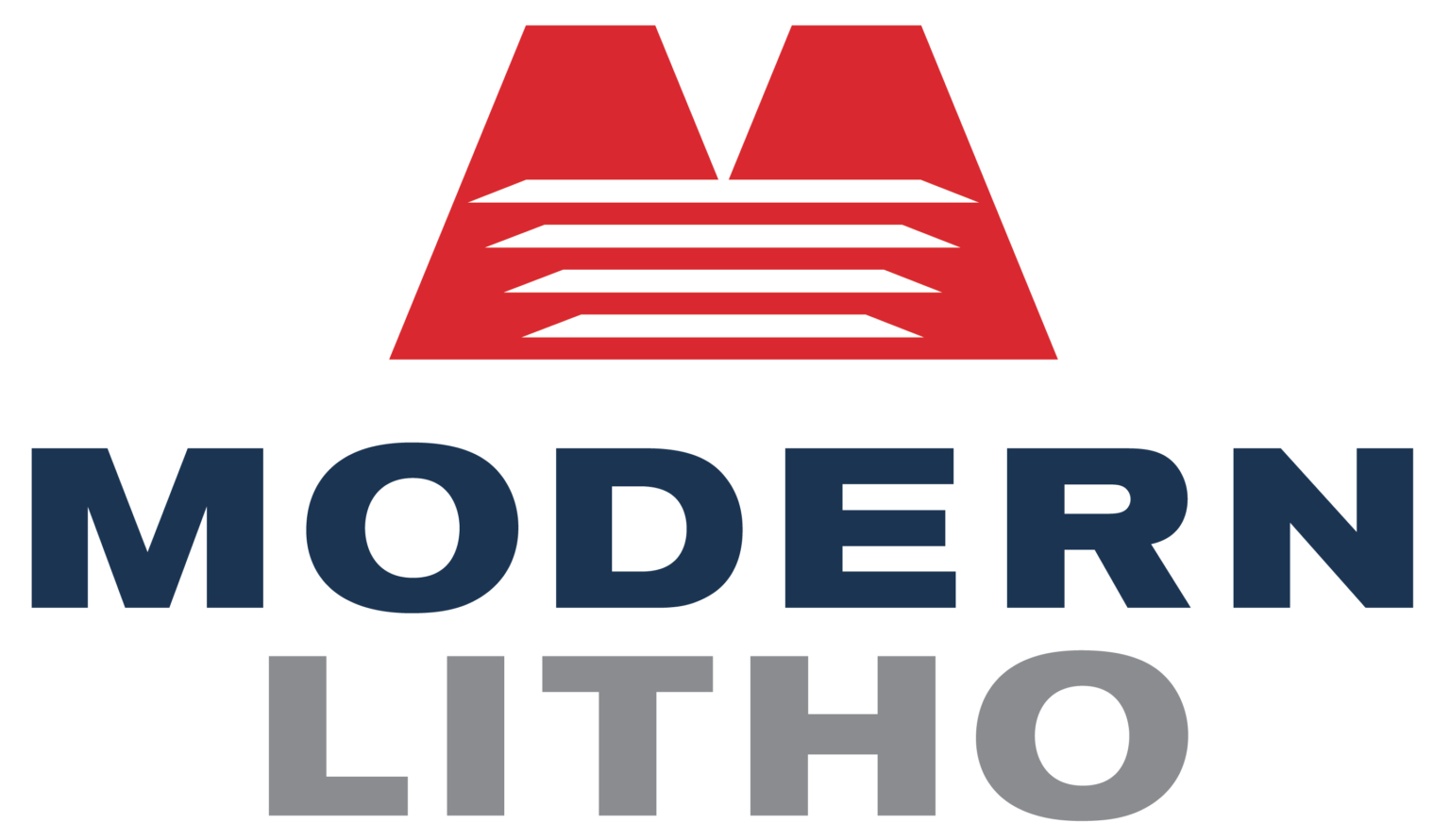Build great teams with personality tests
By Sherry Chiger
Whether you’re leading an executive team or building a small marketing team, personalities and individuals’ modi operandi can determine whether you have a high- or low-performing group. Especially in a tight labor market and a challenging competitive landscape, you want to be certain your team is working to their fullest potential—not just individually, but together. One tool that can help: personality assessments.

When most laymen think of personality testing, some variation of the Myers-Briggs Type Indicator® (MBTI®) comes to mind. You can fill out free versions of the Myers-Briggs questionnaire online to find out which of 16 personality types you are: INTJ (introverted-intuitive-thinking-judging), say, versus ESFP (extroverted-sensing-feeling-perceptive). Having your employees take a test like that can be a fun activity. “For a team that doesn’t know each other well, what a cool way to build trust,” says Skye Mercer, who offers virtual HR services and leadership coaching at Skye HR Consulting. “Why not get together and talk about our strengths? There’s huge value in just participating in the exercise.”
More sophisticated approaches, however, can yield a mountain of additional benefits. Ross Slater, Partner and Vice President at Reach Capabilities Inc., a Toronto-based consulting company, contends that personality assessments can lead to the following:
- Self-awareness on the part of individual team members — “The more someone can be aware of how they get things done, the better they can self-manage,” he says.
- Mutual understanding — Awareness of others’ communication styles and how they best perform makes the workplace more pleasant and productive, with fewer misunderstandings that can lead to tension, dissatisfaction, and employee turnover.
- Better teamwork — Members’ strengths can be capitalized on and their weaknesses compensated for when assigning
joint projects. - Potential new levels of achievement — These
can encompass improved training programs and leadership development.
IDENTIFYING YOUR NEEDS
“Everyone’s looking for a silver bullet. They’re looking for the one test that will help them,” Slater says. “But there’s no one perfect thing.”
When helping businesses improve team performance, Slater looks at three different facets of how individuals function, each of which has its own testing models.
- Cognitive function includes intelligence and related aspects, such as memory, which are measured by IQ and proficiency tests.
- Affective functioning is tied to emotions and moods; the MBTI is a type of affective test in that it gauges, among other things, whether a person is apt to make decisions based largely on emotions rather than intellect. Affective tests might suggest how individuals would react to certain types of feedback or change. For instance, someone who rates highly for extroversion and openness to experience might relish a switch from a cubicle farm to an open office layout, while a colleague who scores higher on inflexibility and introversion would likely dread it.
- Conative functioning relates to how an individual’s instincts translate into actions. A person who needs to acquire a great deal of information before beginning a project would approach a task differently from someone who just gets the basic facts before plunging in. In the workplace, the Kolbe A™ Index is the premier type of conative testing.
To determine which sort of testing will suit your department, “you need to know what you’re trying to solve,” Slater says. “A lot of companies don’t take the time to figure out what they need.”
A plethora of personality assessment tools are out there, along with just as many workplace situations that could be improved by those assessments. Let’s look at a few.
TEAM CONFLICTS
Whether the conflict involves the design of a pamphlet or the setting of the office thermostat, a conflict-resolution assessment could show team members how they and their colleagues tend to react and, just as importantly, how they could better resolve issues. Managers can also learn about their own conflict-resolution styles so that they can discover new methods of resolving conflicts among their staff.
TASK ASSIGNMENTS
On your creative team, a copywriter who works intuitively might not be the best person to assign to a technical white paper, just as a designer who is highly precise may be better suited to designing detailed corporate collateral rather than creative sales pitches. Knowing individuals’ affective and conative traits can help you manage them more effectively. Some people work best when given a long-term deadline, while others are more effective when assigned multiple short-term milestones per project.

COMMUNICATION AMONG TEAM MEMBERS
Individuals both receive and disseminate information differently. A big-picture, results-oriented person might quickly tune out the information given by a deliberate, detail-oriented individual. Someone who emphasizes tact might fail to get a point across to a more blunt, outspoken colleague.
CLIENT AND SHAREHOLDER COMMUNICATIONS
When you can recognize that a client or a member of the C-suite tends to be more enthusiastic and instinctual than systematic and analytical, you can learn how to understand them and ensure they understand you better and more quickly. This should result in less time-consuming back-and-forth and greater satisfaction all around.
EMPLOYEE DEVELOPMENT
Conative, affective, and cognitive assessments might reveal hidden strengths and unrealized potential among team members. They can also shed light on certain weaknesses that could be hindering their performance and progress. With this knowledge, you can guide them toward specific training opportunities that would fit them best and open them up to future career paths.
PROCEED WITH CARE
Personality assessments can greatly improve a workforce—so long as they’re implemented effectively. And that means, among other things, letting team members know the hows and whys of the assessments. “Don’t use them if you’re not going to talk about the limitations of the model or if you’re not being clear about the reasons,” Mercer cautions.
While the primary reasons for testing will no doubt arise from business needs, such as improving intrateam communications or boosting camaraderie, “the benefits can’t be just for the organization,” Slater says. “They also have to benefit the individual and give them the knowledge that they can take home and use in other aspects of their life.”
As for assessment limitations, every test has them. Any assessment that relies on self-reporting is destined to be unreliable to some degree, as it is based on the individuals’ perceptions of themselves and their behavior. Someone might rate themselves as imaginative because they write fiction, for example, but in the workplace, they might problem-solve in
a more conventional manner.
Because assessments can be subjective, relying heavily on them has its hazards. “They should be used as a conversation starter, an activity, a way to look at things differently, and not as an end-all and be-all,” Mercer says. “Don’t use the tools to weaponize.” An assessment that suggests a person is reserved is not reason enough to deny that team member the opportunity to go out into the marketplace. Likewise, someone who is assessed as being analytical and detail-oriented should not automatically be passed over for creative assignments. Pigeonholing people according to their assessments is a common mistake. “Many use assessments as an ‘either/or’ model rather than as a ‘yes/and’ model,” Mercer notes. Rather than viewing team members as introverts or extroverts, risk-averse or risk-taking, keep in mind that such qualities are only part of their overall personality and functionality.
Also keep in mind that if you’re using affective or conative assessments for purposes beyond ice-breaking or conversation-starting, the tests themselves are only part of the solution. Knowing that one teammate is a concrete thinker while another is an abstract thinker won’t enable you to manage them more effectively unless you know what drives and holds back each type. “If you’re assessing to improve leadership self-awareness and you find there’s not much self-awareness, what are you going to do about it?” Mercer asks.
And even after you use the insights gleaned from personality testing to solve the problem at hand, you’ll want to continue to use the assessments as tools going forward. Leadership needs to encourage this: “Nothing lives on its own. And if it doesn’t come from the top, it’s not going to survive,” Slater says. He suggests using the assessment language when appropriate. When discussing an assignment with a colleague, for instance, “you might say, ‘Remember, you’re a long Fact Finder, and I’m a short Fact Finder, so I need to know the big picture.’” You could place placards on people’s desks indicating which personality type they are or have members include the information in their email signatures. And when onboarding new team members, give them the same assessments as you did existing employees.
Perhaps most importantly, keep in mind that personality assessments are “one limited view or perspective on something,” Mercer says. “It’s not all good or all bad. Take what works and leave the rest.” Slater agrees: “Celebrate people for what they offer and forgive them for what they don’t offer. Don’t penalize them for what they don’t offer.”
TESTS THAT MAKE THE GRADE
BUILD GREAT TEAMS WITH PERSONALITY TESTS
A quick search online reveals a dizzying number of personality assessments. With the help of Ross Slater, who is a certified consultant in CliftonStrengths, DiSC, and Kolbe, we evaluated a few popular assessments and explored how they can help strengthen your team.
Kolbe — Kolbe Corp is the prominent name in assessing instinctive behavioral strengths. They help their clients strengthen teams through personnel assessments, training and coaching, and team building and seminars. These conative tests assess how individuals will approach tasks and problem-solving: Are they likely to use tried-and-true methodology, or will they experiment? Are they risk takers or risk averse? Do they prefer concrete or abstract methods of problem-solving? “If there’s a job that has to be done a certain way,” says Slater, “Kolbe can be very accurately predictive.”
Hogan Personality Inventory — With this assessment, individuals answer more than 200 questions to determine where they fall on the spectrum of seven traits: adjustment, ambition, inquisitiveness, interpersonal sensitivity, learning approach, prudence, and sociability. With this knowledge, you can determine which team members have the greatest potential to take on leadership roles, as well as the most effective ways of training and motivating team members. Someone who rates high in ambition and sociability, for instance, might be best motivated by the promise of a promotion or an award presented in front of the entire company. A colleague who scores lower on both, however, might be better incentivized by receiving a private office.
DiSC — One of the most popular assessment tools, DiSC® enables people to discover their primary personality styles—dominance, influence, steadiness, and conscientiousness—and the strengths and weaknesses of each. People who understand their style can learn how to improve their effectiveness on the job, as part of a team, and as a manager. Someone whose comfort zone is well within the conscientious style, for instance, might want to learn to delegate; the manager of a conscientious employee should favor facts over emotions when communicating, though tact is important as well.
CliftonStrengths — Formerly known as Clifton StrengthsFinder, this 177-question assessment gauges 34 natural talents within four areas: strategic thinking, relationship building, influencing, and executing. Its original purpose was to help people discover their strengths and use that knowledge to inform decisions regarding careers as well as their personal lives. Many workplaces use it to assess the best ways to motivate and manage team members. On a team project, someone who scores high as an Activator, champing at the bit to take action, might complement someone with a high Strategic score. Then again, the two could clash repeatedly, in which case you might want to consider the next assessment.Thomas-Kilmann Conflict Mode Instrument (TKI) — This 30-question assessment helps gauge how assertive/unassertive and cooperative/uncooperative people are and identify which of the five conflict modes accommodating, avoiding, collaborating, competing, and compromising—they are most likely to engage in. Once managers or employees know their default mode, they can identify optimal ways to employ and improve it.
